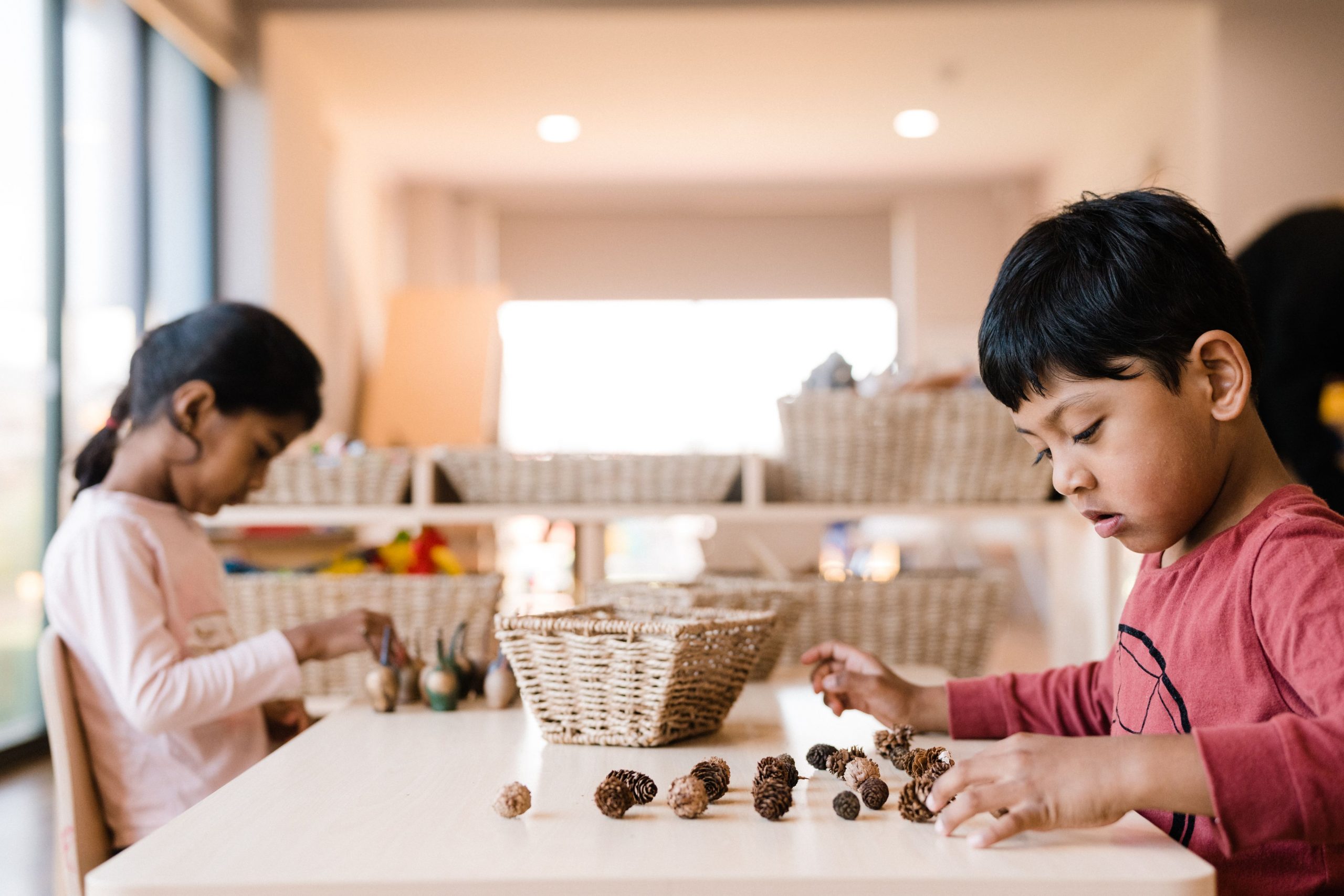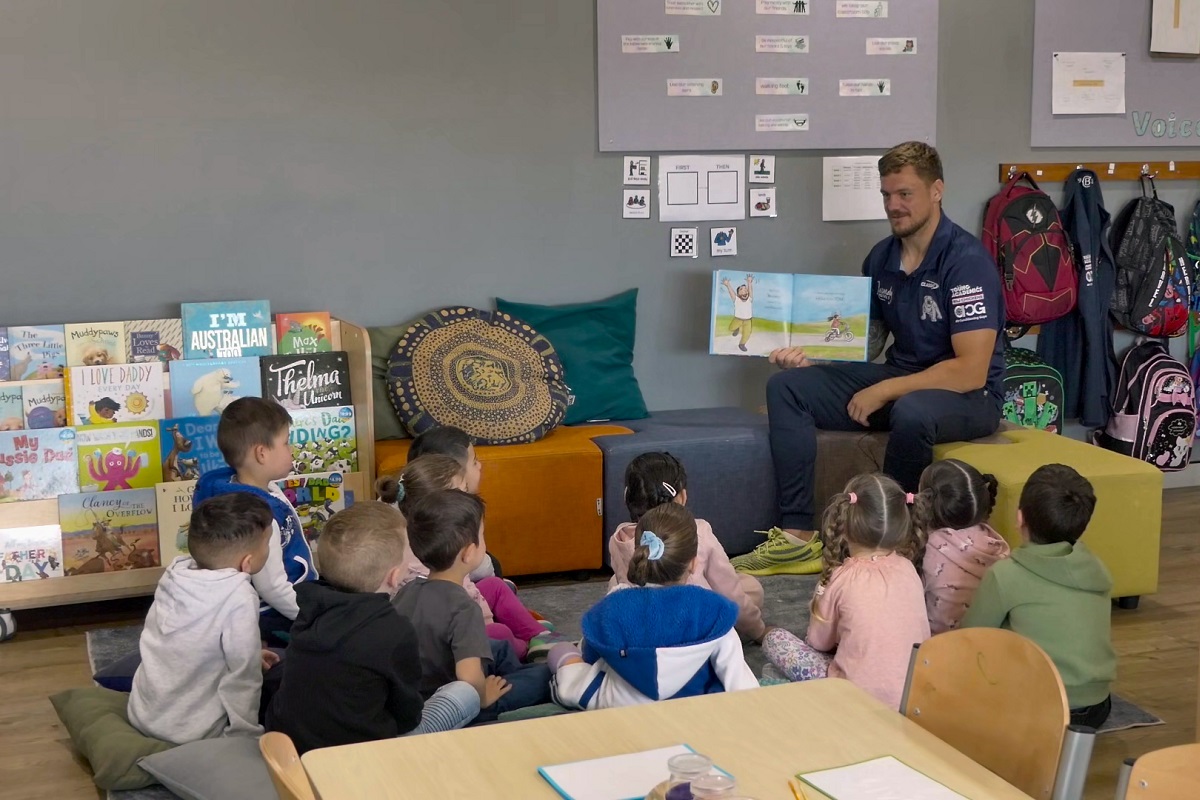Wild imagination and blooming creativity are key aspects of being a child, and through simple activities such as free play and art, these cornerstones of infancy are able to be explored and propagated. The result? Fun becomes the core of something that is an integral part of positive development in early childhood.
Creativity is commonly linked to constructive growth in areas such as problem solving, innovative thinking, connection building and mistake acknowledgement and overcoming. In this day and age, these areas are paramount in helping children tackle new situations and challenges alongside constant technological developments.
Adaptability is at the core of it all, and recent studies show that no matter how young a child is, creativity can be the key to holistic growth and a persevering character well into the future. In the home and within childcare settings around the world, educators are shifting their focus to allow creativity and imagination to blossom.
- Let your child take the lead
Freedom is an essential part of creativity, and allowing your child to lead the charge and be able to make their own decisions regarding play, exploration, art and more sets them up to holistically discover the world around them. This includes the ability to fail, thrive and take risks, which are all parts of a rounded learning process.
It might be difficult to fully let go, but the advantages for your child are endless. Independent, adaptable and versatile are words you’ll be reaching for to describe your blossoming child in no time.
- Surround them with inspiration
Ever felt drained of that get-up-and-go attitude in contexts and places that don’t quite stimulate you? It’s the same for a child, and the reason why your home and their surroundings should be invigorating, welcoming a mind overflowing with ideas, imagination and creativity.
We’d recommend surrounding them with art, music and light. Even better, you can aim for stimulation. Some examples include allowing your child to cover the walls with pictures of their own creations, letting them have a strum of your guitar, or even help in the garden
- Shake the setting up
Don’t hesitate to introduce new environments to your children as differing surroundings can inspire in so many contrasting ways. It brings on a sense of adventure that fuels creativity and imagination as they are given the opportunity to experiment, explore and interact with things in innovative new ways. This really goes hand-in-hand with the previous point, as the unknown is a mysterious and bountiful way to stimulate not just young minds, but even yours!
- Explore play-based approaches
Play-based learning has steadily become a staple of childhood education within forward-thinking childcare centres as an interactive, functional way for children to organically engage socially and with the world around them. It evolves upon the building blocks of being a child: fun, exploration and self-discovery. Great examples of play-based learning are playing pretend and adventuring, activities that come naturally to almost every child. Truly uncomplicated, natural is the best way to describe this approach, as they follow their own lead to confidence, creativity, physical activity and social prowess.
- Make art
It’s that simple: get messy and let them create the next abstract phenomenon. Art can come in so many different forms and be expressed across countless mediums meaning you can likely get your child’s creativity and imagination pumping with a few things from around the house. There is no end to the things you can do with paper. You could try painting, drawing, creating art on the driveway with chalk, fling canvases with mud, construct collages with scrap pieces of paper from the stationary draw. There is truly no limit (as long as it’s safe), and you should make that clear so they don’t stop experimenting. You’ll even be surprised how much fun you’ll have getting involved.
Never underestimate the power of creativity and imagination, especially in early childhood. It’s simply an exciting building block of a confident and adaptable young person.
Just as Young Academics does each and every day, it’s simple to encourage your children to flourish as they learn and develop exceptionally by harnessing their creativity and yearning for play.



 BACK
BACK



